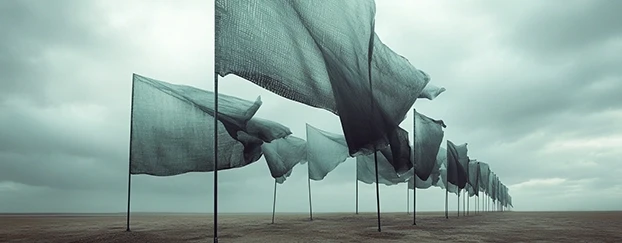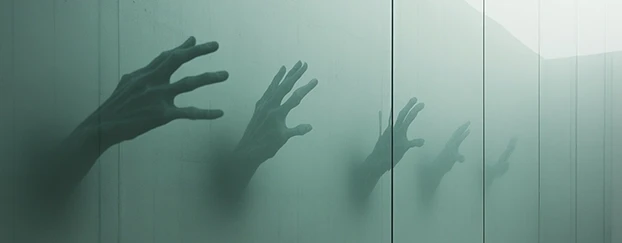
AI graphic design is quietly rewriting e-commerce playbooks. With a dependable AI branding tool and a tidy workflow, brands can replace long studio days with fast, consistent outputs that still feel premium. The goal isn’t to fake reality—it’s to make it believable, repeatable, and on-brand.
Why Product Images Decide the Click
Shoppers scan first and think later. Sharp edges, honest lighting, and coherent context raise trust before copy gets a chance. If you need breadth without chaos, start from vetted mockups and layer your brand system—color, type, spacing—on top. That’s how product grids look like a family, not a crowd.
What AI Actually Improves
Speed Without Sloppiness
Automated cleanup (masks, dust, background normalization) compresses hours into minutes so you can spend time on choices that matter: framing, hierarchy, and story.
Consistency at Scale
Templates standardize angles and contrast across SKUs. The result is a storefront where thumbnails match, PDP zooms stay crisp, and campaign assets don’t feel stitched together.
Context on Demand
Launch in spring? Swap to daylight and light textures. Holiday push? Subtle seasonal cues, not glitter explosions. You change scenes, not your standards.

The Essential Tool Stack
Cutouts & Cleanup
Clean masks prevent halos; soft contact shadows ground objects. Keep retouching gentle—plastic shine is the enemy of trust.
Resizing & Responsive Crops
Prepare platform-specific sizes so PLPs, PDPs, and ads load fast and stay sharp. Export with mindful compression to avoid banding and mushy text.
Upscaling & Detail Rescue
When source files are thin, intelligent upscaling preserves micro-contrast. Check at 100–200%: logos and hairlines rat you out first.
Mockup Composition
Use editable compositions to place labels, screens, and packaging into believable scenes. For digital touchpoints, lean on realistic devices & tech mockups—reflections and screen bloom are already handled, so you don’t have to over-polish.

From Studio Look to Storefront Ready
Lighting That Belongs
Match direction, intensity, and warmth. Add quiet contact shadows and keep color casts under control. If the light lies, the image looks rented.
Proportions That Respect the Product
Scale vectors inside Smart Objects; let the template handle perspective and warp. Distorted type is a conversion leak you can avoid.
Context That Fits the Brand
Corporate collateral prefers neutral desks and clean materials; wellness thrives in tactile, soft-daylight scenes. For catalogs and sell sheets, reach for restrained print materials that mirror production.
AI vs. Traditional Shoots (Pragmatic View)
Studio shoots still win for hero campaigns and complex materials. For daily throughput, AI-assisted pipelines deliver multiple consistent variants quickly—ideal for A/B testing angles, backgrounds, and color treatments without rescheduling crews.
A Simple Workflow You Can Repeat
- Pick the scene with intent: Decide what the viewer should remember—form, interface, or material. Start with category-relevant mockups.
- Place artwork the polite way: vectors into Smart Objects; perspective controlled by the template—no freehand stretching.
- Make reality plausible: align light, add contact shadows, tame color casts; verify at 100–200% on multiple devices.
- Unify the look: typography, palette, spacing. Small, consistent rules beat heroic last-minute fixes.
- Export for channels: crisp web sizes plus a CMYK-ready variant when print is in scope; use predictable filenames.
Where to Start Looking
To cover both digital and print touchpoints, pair a few screen-forward frames from devices & tech with one understated print composition. Need fast breadth by surface, color, or mood? Use focused search queries to discover scenes that match materials without derailing your timeline.
Wrap-Up: Consistency Wins, Speed Sells
An AI branding tool doesn’t replace taste—it protects it at scale. Keep pixels sharp, make the light honest, respect proportion, and choose scenes that quietly echo your brand. The outcome is a storefront that feels composed—page after page.



